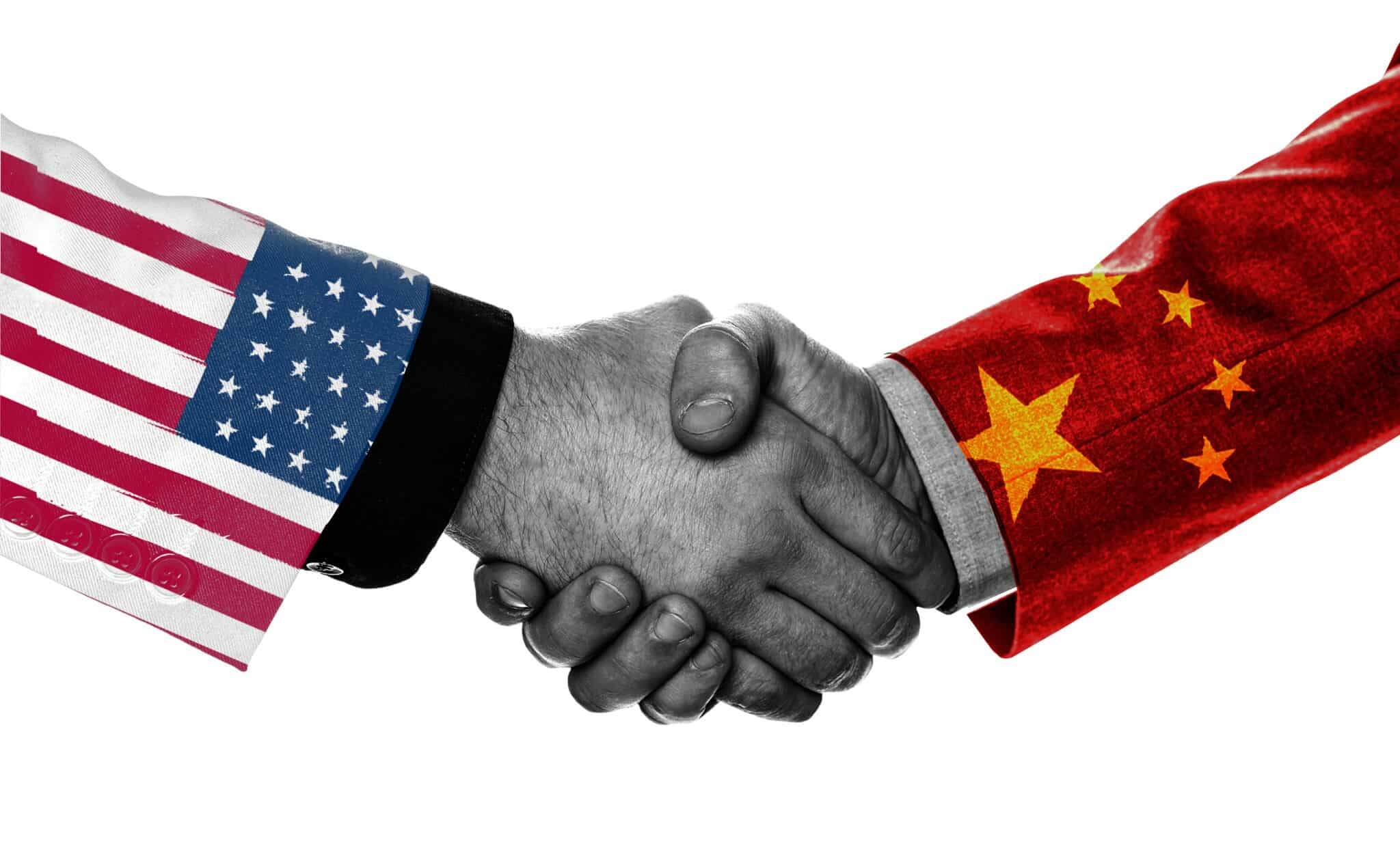
China to Breach Phase One Trade Deal with US Due To Corona
The coronavirus pandemic will make China unable to fulfill its end of the deal to import US goods worth 186.6 billion in 2020, which will result in a breach of the Phase One trade deal, according to a report by the Center for Strategic and International Studies (CSIS).
Instead, China will only be able to import US goods worth as much as 60bllion for the year 2020. Which is less than 50% as stated in the agreement, the CSIS American think tank estimated.
The controversial Phase One trade deal that China and the US signed in January occurred shortly before China announced the outbreak of the Coronavirus in Wuhan, a time when US exports to China had already fallen by 10%.
The comprehensive report published two days ago calls this forecast as a worst-case scenario, which could change later in the year as the economy starts its recovery. However, CSIS’s senior advisor and trustee Chair in Chinese Business and economics, Scott Ian, maintained that even after factoring in the possible rise in exports due to economic recovery, China will still be far off from the set mark.
“Admittedly, this is a worst-case scenario because Chinese imports are likely to rise as the economy recovers. And integrating into Chinese data, that counts U.S. goods that were transshipped through Hong Kong as imports, will also help. But those amendments will not change the overall picture, just the details.”
It’s Not All Coronavirus’ Fault: The Targets Were Already Unrealistic
Before the Coronavirus became a factor, in the two-year-long trade war between the US and China, US exports to China were already taking a big hit, and the new trade deal set improbable goals for both countries.
Now, the world can expect less favorable economic news from both countries. Based on conclusions from the US Commerce Department’s data on issued US goods for the first quarter of 2020, as well as Chinese data CSIS said that the deal was a fantasy which has now become a nightmare.
“The targets were never realistic: they were just gaudy numbers meant to impress> the pandemic made the unrealistic the impossible.”
In contrast to 2019, US exports to China data showed a 10% decline in the first quarter of 2019. The deal estimated a rise of 36.6% in 2020.
The data outlined the four areas with the biggest gaps as manufacturing at a shortfall of 11.7%. Followed by Agriculture, which grew by only 3.2%, energy which fell by 33.3%, and Services at a negative of 10%.
Meanwhile, the Phase one deal projected that in the first quarter of 2020, manufacturing would grow by 37.8%. Then, agriculture by 52.1%, energy by a whopping 159.5% and services by 14.7%.
However, the current CSIS projections for the end of 2020 shortfalls versus the projected growth in the Phase one deal are 76.4%/43.6% for manufacturing, 24.9%/11.6% for agriculture, and 28.3%/1.8% for energy.
What Will Trump Do?
In light of this forecasted poor performance, CSIS said that Trump’s administration has three choices. It could implement to respond to China’s breach of the Phase one deal. Moreover, an additional fourth is the least likely to be implemented for political reasons.
First, the US could enforce the agreement’s “bilateral evaluation and dispute resolution.”
This entails renegotiating with China or reaching some form of remedial measure.
Secondly, the US could terminate the deal and enact penalties on China. These first two options could see China retaliate and cause further division between the world’s two largest economies.
Third, the US could understand China’s economic impossibilities. And wait for them to recover alongside the global economy and honor the deal. The downside to this approach is that it would make Trump’s administration look weak by letting China get away with it.
The final option is for the US to admit that the deal was already faulty. And to additionally accept that it was unrealistic and entirely restructure its approach to China. This can occur by fixing the weak trade points that China exploits. And push China to “push Beijing to Marketize China’s economy domestically and further open externally.




